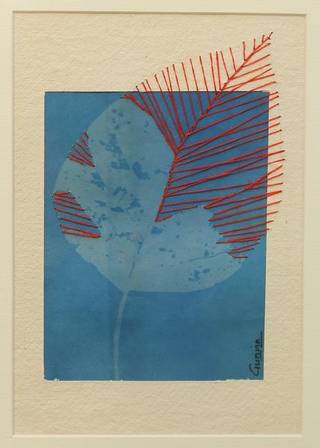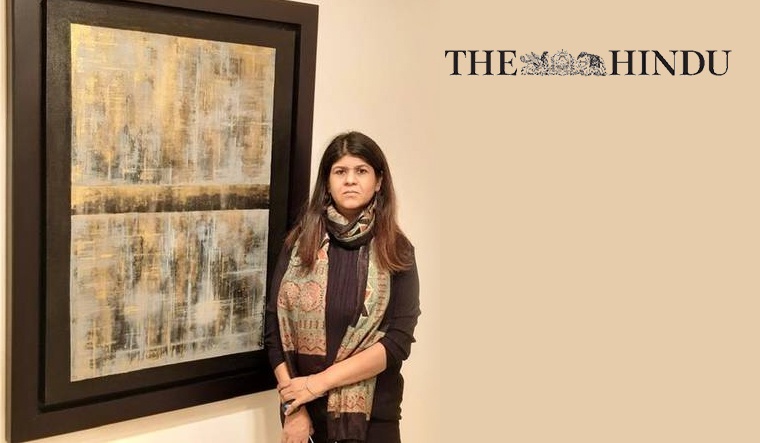Gunjan Shrivastava’s art speaks up for an eco-friendly perspective
The Mumbai-based contemporary artist’s latest online exhibition is a statement on allowing our environment to repair itself
The new normal of the pandemic year has made Mumbai-based contemporary visual artist Gunjan Shrivastava wake up to the possibilities of revitalising Nature.
“The lockdown has changed our way of looking at life. The past century left mankind convinced that industrialisation is human progress, and that the latter cannot co-exist with the natural world. It took a lockdown for the world to come to a standstill, reminding us that we are a part of this physical world. So my solo exhibition, named ‘Natural Resurrection’, talks about how Nature is reclaiming its place. We are suddenly made aware of the notion that perhaps, there is a path for us to thrive without destroying that which surrounds us,” says Gunjan.
Open for online viewing at Nippon Art Gallery in Mumbai through its website from December 2-9, ‘Natural Resurrection’ has over 30 paintings that the artist has taken and broadened from her ‘Signature’ collection. The exhibition is subtitled ‘Narratives in Blue’, because Gunjan uses the cyanotype technique, a photographic process that produces a cyan-blue print (commonly used in engineering for layout diagrams).

The artist uses damaged leaves and hand embroidery to comment on natural rejuvenation in her latest online exhibition.
“After creating a cyanotype of damaged leaves, I add my own touch to complete the broken parts with patches of freestyle embroidery in red thread because the colour represents blood, and therefore life, to me,” says Gunjan.
Juxtaposing natural decay with embroidery is a kind of statement on allowing our environment to repair itself. In many ways, it is also a way to deal with the radical lockdown-induced change in nearly every aspect of life, she remarks.
“December and January used to be the time for artists to exhibit their work, but this has not been possible this year. However, online events have added a new energy, and made it possible for more artists to reach out to the world,” she says. “Earlier, holding a solo exhibition in any of the major art galleries in India would have a waiting list of at least eight-nine years. These days, online exhibitions have made it economically more feasible for new artists to be noticed.”
Gunjan is looking at her show as a call to action towards an eco-friendly lifestyle. Born in Allahabad, she has done her doctoral studies in visual art, and a diploma in textile design. Besides cyanotype, Shrivastava works with oil or acrylic on canvas to more complex and experimental works on mixed media. “I have always believed that artists have a greater responsibility towards making or breaking the world, because we have a visual tool that we can use to sensitise people,” she says. “Art is actually quite a dangerous tool in our hands!”

